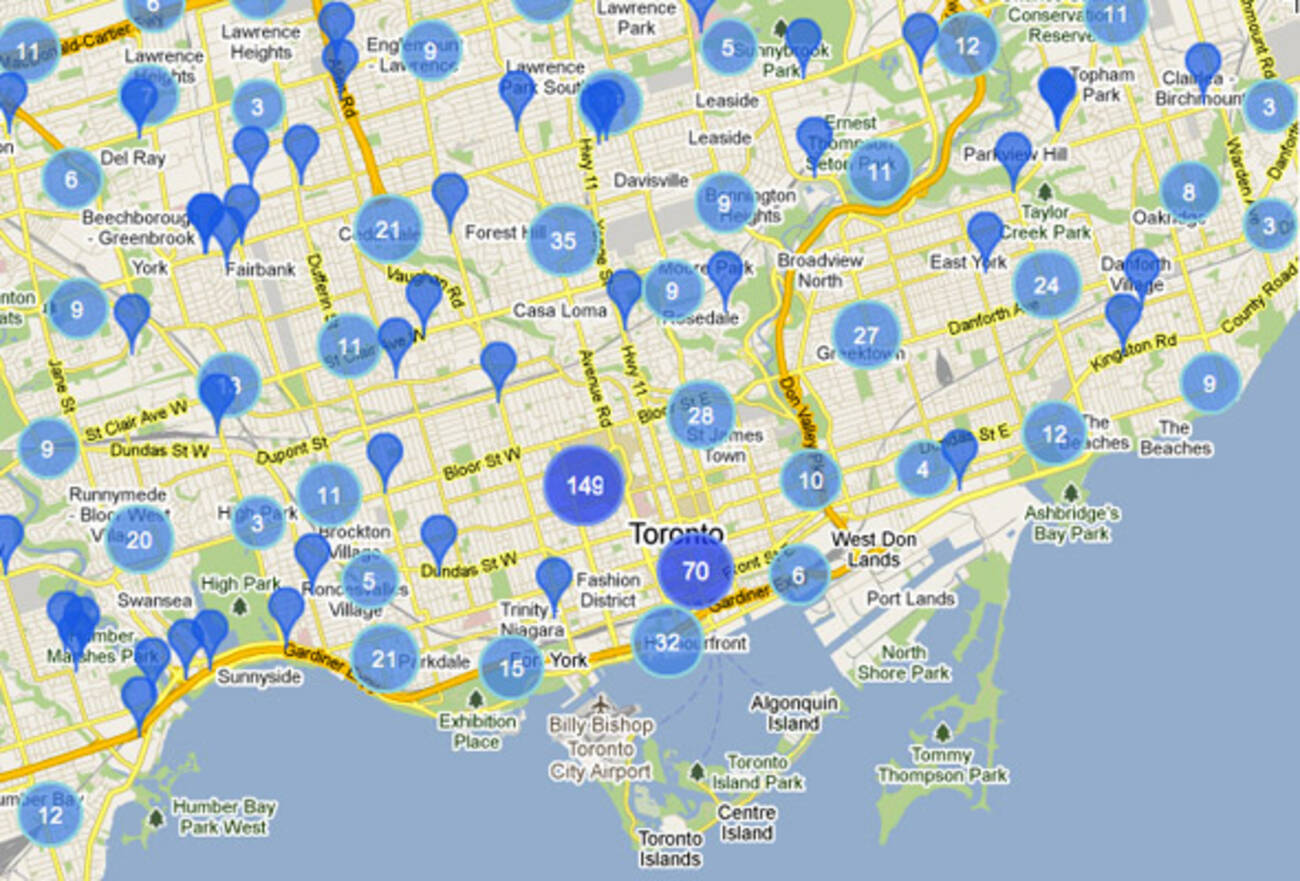If you've ever been through a city you might have noticed tiny 5G cell towers placed on poles for street lighting. They look like little boxes however they're actually sending wireless signals from mobile providers to your phone.
These smaller towers are replacing larger specially-designed cell towers. While they're not as noticeable but they can still create problems for those who live nearby.
what is a safe distance from a cell tower is the FCC's Radiation Exposure Thresholds
The FCC's Radiation Exposure Thresholds determine the safe limit at which one can expose to electromagnetic energy from wireless devices. The limits for exposure are based on scientific data which show that the energy of RF can be harmful to human health.
The absorption rate specific (SAR) is an indication of the amount of radiofrequency energy taken up by tissues. It's typically 1.6 Watts per kilogram calculated over one kilogram of tissue.
Since 5g is able to transmit at higher frequencies and has the potential to create more energy on the skin and other directly-exposed body parts. This could lead to many potential harms, including exacerbated development of skin diseases such as dermatitis and cataracts, and skin cancer.

Due to the potential for negative effects of 5G radiation, PSU has chosen to set a general localized power density limit of 4 mW/cm2 based on the average over 1 cm2, and not exceeding 30 minutes for all 5G services at 3000 GHz. This limit for localization is in line with the highest SAR that is spatially averaged at 1.6 W/kg averaged over 1 grams of tissues at six GHz.
The FCC's Maximum Exposure Thresholds for Maximum Exposure
If you've ever operated a cell phone, you probably know that a safe location from the tower should be at least 400 meters away. This is because the transmitting power of the cell tower is significantly increased the further away your location from the tower.
Although this may sound like something that's good, the reality is that people who live close to towers could be more vulnerable to health problems. For instance, a study conducted in 2014 in India found that residents living within 50 meters of cell towers experienced significantly more health complaints than those who lived farther away from the antennas.
However, this study also revealed that those who relocated to areas further away from cell towers experienced their symptoms return to normal within a few days. Studies have also shown that exposure to high frequencies of radiofrequency electromagnetic fields (EMFs) could cause brain tumors, cancers and other health issues.
This is because RF radiation, which is utilized in wireless communication, can penetrate the body's outer layer, the skin. This is important to understand because the skin acts as a barrier to protect against injuries caused by mechanical forces, infections caused by pathogenic microorganisms and entry of toxic substances. It is also the most important organ of the human body. It is responsible for protecting other organs.
The FCC's Minimum Exposure Thresholds for the Minimum Exposure
The FCC's Minimum Exposure Thresholds rely on several assumptions that are not supported by scientific research. what is a safe distance from a 5g cell tower include the false belief that exposures of a short duration to RF radiation are safe due to the limited absorption into body (i.e., tissue heating).
The assumption is also ignoring the more extensive penetration of ELF components of modulated RF signals, as well as the effects of brief bursts of heat generated by RF waves that are pulsed. These theories are not compatible with current understanding of the biological effects of RF radiation, and thus they shouldn't be used for health protective exposure standards.
Furthermore to that, ICNIRP and FCC limit their maximum limit of exposure to the local SARs that are based on the maximum frequency of absorption (psSAR), which can be described as not a reliable dosimetric instrument to assess the amount of exposure to RF radiation. In what is a safe distance from a cell tower is not accurate for frequencies above 6 GHz. Furthermore, psSAR has not been evaluated for RF radiation that is exposed to other environmental agents such as sunlight. Interactions of RF radiation with other environmental agents could produce synergistic or antagonistic effects. This can lead to an increased risk of adverse health effects. For instance, exposure to RF radiation and sunlight could raise the chance of developing skin cancer and exacerbate other skin disorders, such as acne.
